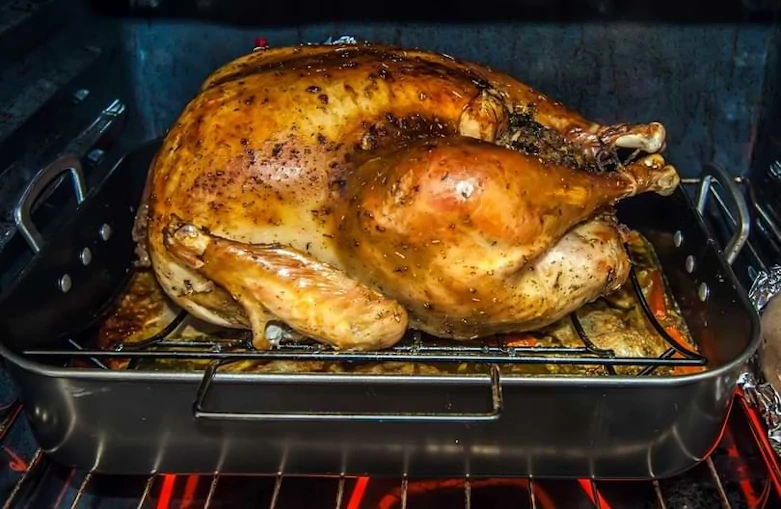Answering challenging PSLE Science question: The 2022 turkey question
- Tags:
- Primary Science

While many students depend on memorising facts, definitions, and formulas to answer PSLE science questions, this approach often leads to average grades. Achieving a high score and reaching AL1 requires a deeper understanding of scientific concepts and principles. Students need to really understand the scientific concepts in order to answer the most challenging questions.
In this blog post, we will show you how to answer the challenging PSLE science question that left students perplexed: the "cold turkey in oven" question from the 2022 paper.
Question:
A cold turkey was placed in an oven which had a temperature of \(\mathrm{160^{\circ}C}\). Suggest why the centre of the turkey did not reach a temperature of \(\mathrm{160^{\circ}C}\) after \(\text{2 hours}\).
Answer:
The reason why the centre of the cold turkey did not reach a temperature of \(\mathrm{160^{\circ}C}\) after \(\text{2 hours}\) in the oven is because of the phenomenon of 'heat transfer'.
Heat transfer occurs from regions of higher temperature to regions of lower temperature, and in this case, the heat needs to penetrate through the turkey to reach its centre.
The rate of heat transfer depends on several factors such as:
- The temperature difference,
- The thermal conductivity of the turkey,
- The thickness of the meat, and,
- The heat transfer coefficient between the meat surface and the surrounding air.
Since the turkey was cold when it was placed in the oven, it would take some time for the heat to penetrate through the surface and into the centre.
Moreover, the centre of the turkey is the thickest part and therefore takes longer to heat up compared to the thinner parts. As a result, even if the surface of the turkey reaches a temperature of \(\mathrm{160^{\circ}C}\), the centre may still be below that temperature.
Additionally, the heat transfer rate slows down as the temperature difference between the turkey and the oven decreases. This means that as the turkey gets closer to the oven temperature, the rate of heating will slow down, and it will take longer to reach the desired temperature in the centre.
These are some of the reasons that the turkey did not reach a temperature of \(\mathrm{160^{\circ}C}\) after \(\text{2 hours}\) in the oven.
We hope you found this insightful. Click here if you'd like to solve more challenging questions on heat expansion and contraction.
Useful Strategies For Tackling Challenging PSLE Science Questions On Heat
1. Grasp Heat Transfer Concepts
Develop a solid understanding of heat transfer and its different modes (conduction, convection, radiation) to comprehend how heat moves between objects.
2. Identify Relevant Factors
Recognise the factors that influence heat transfer, such as temperature difference, thermal conductivity, thickness, and heat transfer coefficient. Consider how these factors apply to the given situation.
3. Consider Surface And Centre Differences
Understand that heat doesn't instantly reach the centre of an object; instead, it needs time to penetrate through the surface and into the core.
4. Use Visualisations And Diagrams
Create diagrams or visualise the heat transfer process to better understand how temperature changes over time within an object.
5. Practice Measurement Techniques
Familiarise yourself with using scientific instruments like thermometers to measure temperature accurately. Pay attention to recommended cooking temperatures for food safety.
6. See If You Can Apply Other Scientific Laws And Principles
When faced with a challenging question, try to recall all concepts you have learnt to analyse how to solve the question. There could be more than one concept that can help you come to the solution.
7. Critical Thinking And Problem-Solving
Analyse the situation, identify key factors, and use scientific principles to reason through the problem logically.
8. Master Time Management
It is important that students master the art of time management before sitting for the exam. They need to know when to give up on a difficult question and move on to solve questions that they can answer correctly. If they spend too much time trying the figure out a solution, they may not have the time to answer the questions that they know the answer to, leading to lower scores.
By following these suggestions, students can develop a solid foundation in heat transfer concepts and effectively approach similar questions in the future, improving their understanding and problem-solving skills.


 SG
SG  VN
VN 



















